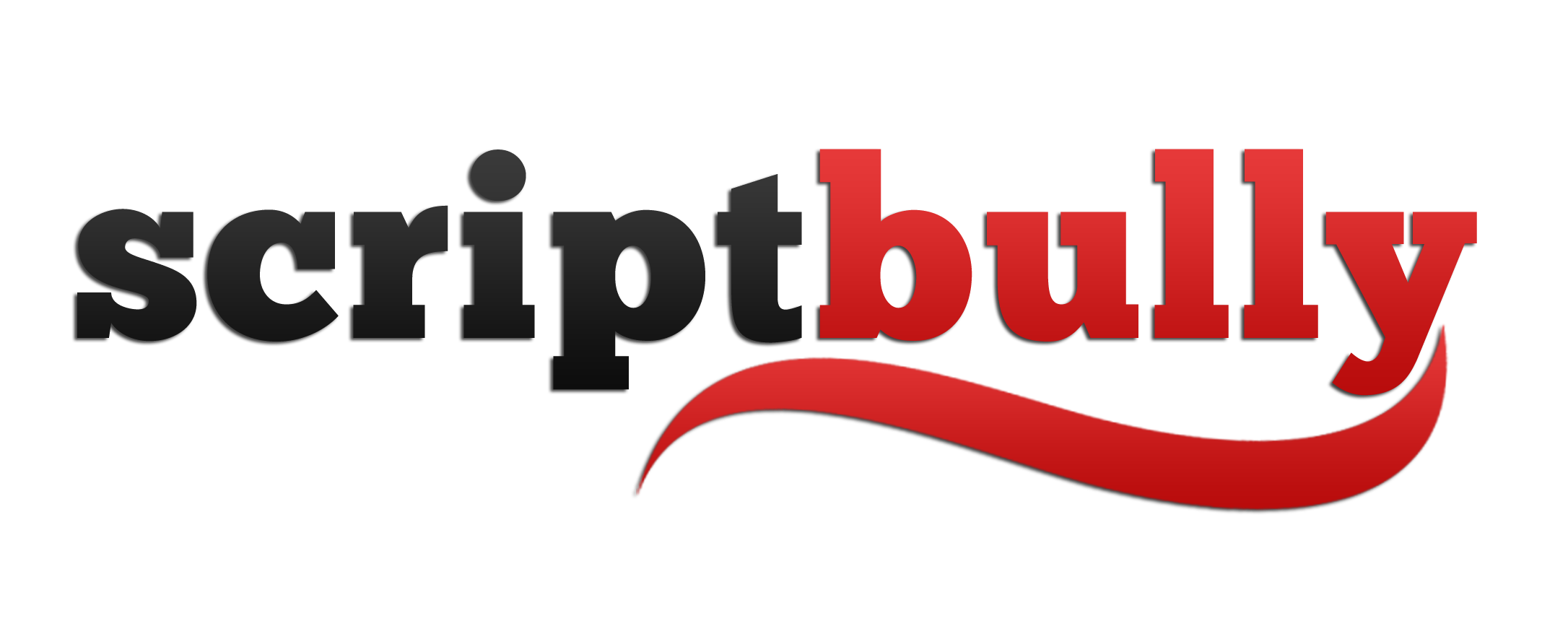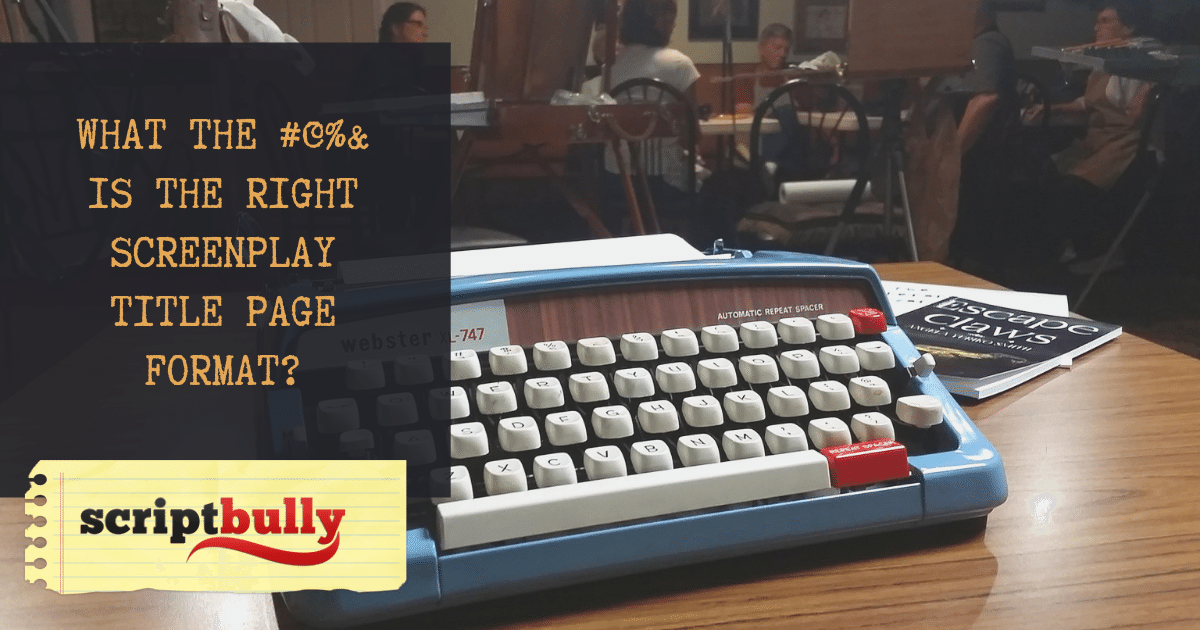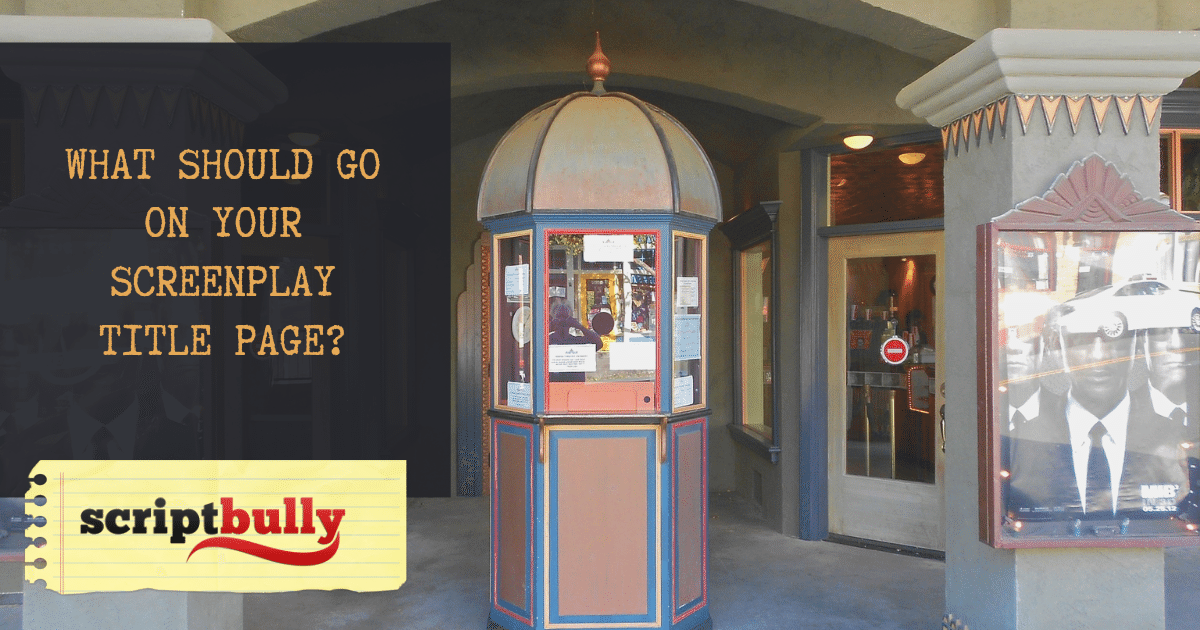Script formatting isn’t the sexiest part of screenwriting.
But having worked as a screenplay reader I can tell you it IS important. (Especially for some of the thornier script format conundrums. And don’t get me started on that crazy TV Script format.)
So, here’s a slide deck of 7 of the more common script formatting issues…and how to deal with a’em like a pro. (Or at least as somebody who has some faint notion of how screenwriting format works.)
7 Script Formatting Issues Debunked (Text Transcript)
Key #1: Format phone conversations using “INTERCUT”
Description: There are a couple different ways to do this, but you should always be using INTERCUT. First establish both locations with a scene heading. Then, describe the action of the phone ringing and whatever dialog you need. Follow that with a new line INTERCUT — TELEPHONE CONVERSATION (or simply INTERCUT – PAUL/MIKE) so you can switch between the characters as they speak.
http://filmmakeriq.com/lessons/a-guide-advance-screenplay-formating/
Key #2: Use flashbacks sparingly, but correctly
Description: If you have to use a flashback, make sure it’s for a good reason. The golden rule is to be clear. You can either set it up with a line like FLASHBACK – TESSA’S BIRTH, describe the action, and then close it with a new line BACK TO PRESENT DAY. Or, you can include FLASHBACK in your scene heading: INT. HOSPITAL – DAY – FLASHBACK.
http://www.scriptmag.com/features/craft-features/ask-the-expert-all-about-flashbacks
Key #3: How do you format a montage scene?
Description: For a montage, begin with a slug line — SERIES OF SHOTS – DAY AT CARNIVAL. Underneath this you should list each shot with letters and a closed parenthesis and a new line for each shot. For example, A) Riding the Ferris Wheel B) Eating a hot dog…
http://www.storysense.com/format/montages.htm
Key #4: What if my characters are talking at the same time?
Description: When this happens, it’s called dual dialogue and you format it by putting both character’s dialog in its own block side-by-side– so two columns of text. This is useful when one character interrupts another.
http://www.scriptwritingsecrets.com/DualDialogue.htm
Key #5: Should I include camera directions or no?
Description: No. You want to keep your script as easy to read as possible and camera directions are ugly and will interrupt your flow. Plus, the director will likely shoot your scene however he/she wants anyway. Keep it readable!
https://www.screenplay.com/dr_Format
Key #6:Is slang ok? Abbreviations?
Description: Slang and other “dirty words” are fine for dialog, but if it’s in your scene descriptions and you’re not writing a Low-Comedy, it’s best to remove it. The clearer your screenplay, the better. Don’t abbreviate– write out full words, but acronyms like ASAP are fine to use.
https://www.screenplay.com/dr_Format
Key #7: Do I need to put characters’ names in all caps who never speak?
Description: Anytime a character first appears in the story, is must be in ALL CAPS, even if they never speak. This also applies to characters who don’t have name like STUDENT or BANK TELLER. Of course, you must always capitalize the characters’ name when writing their dialog.
https://www.screenplay.com/dr_Format
A Final (Screenwriting) Thought
Don’t stress script formatting too much. I know it’s hard, and very tempting to obsess over something so rigid and mechanical…and is much more controllable than an unwieldy screenplay. But script formatting is like wearing a suit at an interview. It’ll get you in the door. But if your personality is as warm as a sea urchin — and your story ain’t ever good — the door is about as far as you’ll get.
Which script formatting conventions have you flummoxed? Let us know in the comments below.






